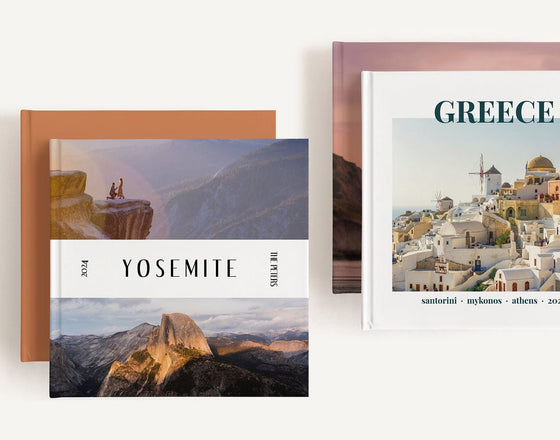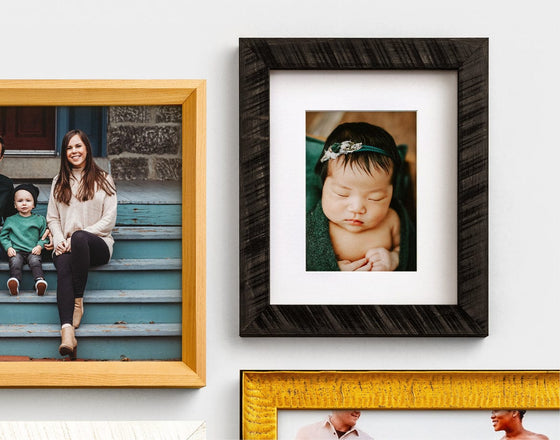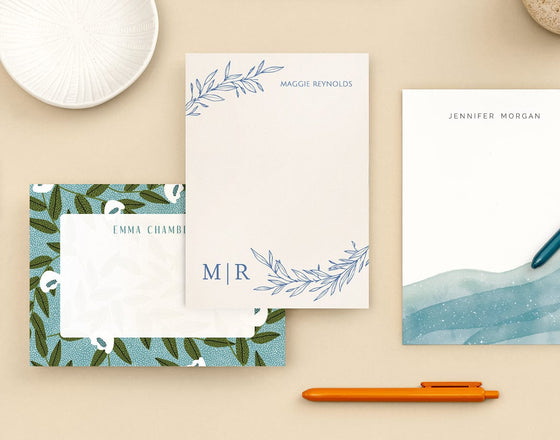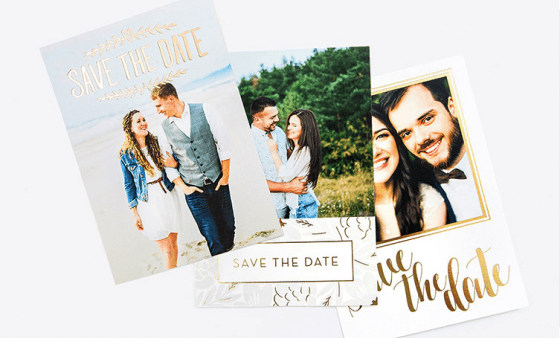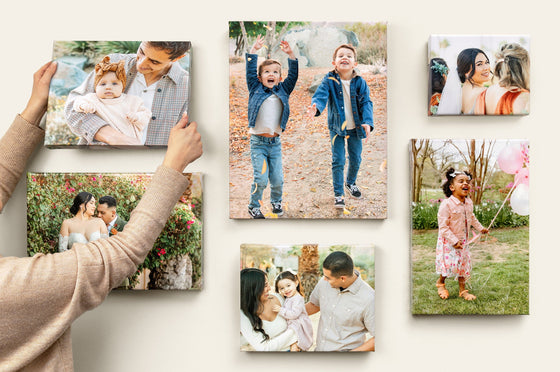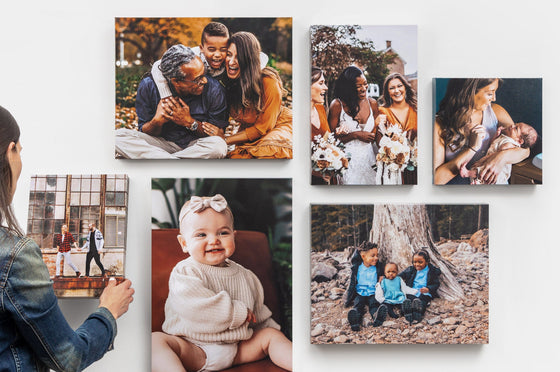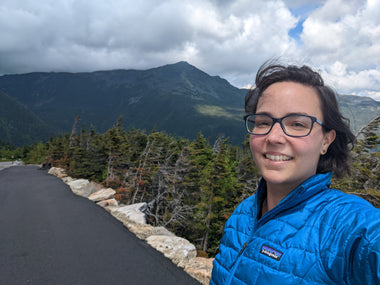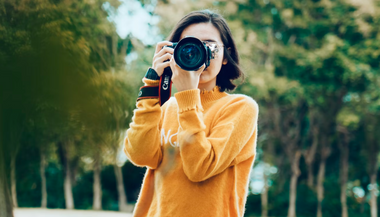Guest post by Stacy White Photography
There’s nothing quite like heading out on a new adventure with your camera in hand, ready to explore, discover, and capture the world. Whether you're planning a once-in-a-lifetime trip or a quick weekend getaway, a little preparation goes a long way when it comes to your travel photography. And while it’s tempting to try to get all the perfect shots, the truth is: the best travel photography happens when you’re actually enjoying the journey.
Here are five tips to help you make the most of your next photography trip - without stressing over every shutter click.

1. Do Your Homework
Before you even start to pack your camera bag, take some time to research where you’re going. Not only will it help you plan out some must-see locations, but it might also give you ideas of how you want to photograph them. A quick Google search, scrolling through Instagram, or browsing photography blogs can give you a solid sense of what to expect, along with the iconic or unique places you don’t want to miss.
One of my favorite ways to do this is with a custom Google Map. I keep one ongoing map where I add interesting locations any time I come across a spot that looks worth visiting - whether I have a trip planned there or not. They don’t have to be iconic photo locations - just somewhere that I would like to see in person if given the chance.
Creating your own custom map is easy! Start pinning locations you want to visit and consider adding notes or images to each pin. This can be especially useful when planning the best time of day to visit a location, or just to remind yourself what caught your attention in the first place. Maybe it’s a lighthouse at sunset or a quiet alleyway that comes to life in the evening. Whatever it is, having visual references keeps you organized and inspired.

2. Pack Smart: Only Bring What You’ll Use
Ah, the age-old dilemma: which gear to pack?? If you’re anything like me, you probably spend more time debating what goes in your camera bag than deciding what clothes to pack! Realistically, you don’t need to pack every piece of gear – this will save you packing space and your back from carrying lots of gear during your trip.
Once you’ve mapped out the places you plan to visit, think about the kinds of shots you’re hoping to capture. Expansive landscapes? Bring your wide-angle. Wildlife or distant scenes? Your telephoto will be worth the extra weight. Planning for sunsets, waterfalls, or long exposures? Definitely make room for a tripod and some ND filters.
If I’m on a family vacation and don’t want to be switching lenses all day, I usually bring a versatile zoom - something like a 24-200mm - so I’m ready for just about anything with minimal fuss. And don’t forget the essentials: extra batteries, plenty of memory cards, a lens cloth or two, and yes, your camera strap (my most often item left behind!).
Packing smart means you’ll have what you need without hauling around gear you won’t use - so you can focus on enjoying the experience and capturing great shots along the way.

3. “The best camera is the one that’s with you”
You’ve probably heard that quote from Chase Jarvis before, and honestly, it couldn’t be more true. Sometimes the camera you have with you is your DSLR or mirrorless setup, and sometimes… it’s just your iPhone. And that’s more than okay.
Today’s smartphones are incredibly capable, especially in good lighting. They’re quick, easy to use, and discreet - making them ideal for candid moments, street photography, or those unexpected scenes you stumble upon when you’re not carrying your full kit. If you haven’t explored mobile photography much yet, it’s worth spending a little time before your trip learning some basic tips or downloading a few editing apps that help you get the most out of your phone camera.
On a recent trip to Italy, I brought along my mirrorless camera but ended up using my iPhone for most of my daytime exploring. It was light, convenient, and allowed me to snap photos quickly without missing the experience itself. Smartphones today are better than ever at handling low light, dynamic range, and detail - so don’t hesitate to rely on yours when it makes sense. Sometimes, the best shot is the one you capture without overthinking it.

4. Preserve Memories with a Photo Book
One of the most satisfying ways to wrap up a photography trip is by turning your favorite images into a photo book. It’s a great way to bring your photos off your camera and into the real world - plus, it gives you (and anyone you traveled with) a meaningful, tangible way to relive the experience.
I love using Nations Photo Lab for this. They make it super simple to design a custom book - whether you want full creative control or just need a quick way to pull everything together. You can start with one of their pre-made layouts and have your images autofill or go fully custom and tweak every page to your liking. Personally, I usually start with the autofill, then make edits from there. It’s an easy way to take what could be a time-consuming project and turn it into something beautiful without a lot of hassle.
And if you’re traveling with family or friends, photo books also make thoughtful, personal gifts - something a lot more memorable than a souvenir keychain!

5. Remember Why You’re Traveling in the First Place
This one might be the most important.
As photographers, it’s easy to slip into “capture mode” the moment we arrive somewhere new. With so much visual inspiration around every corner, the instinct to chase the perfect shot can take over quickly. But don’t let the pressure to document every moment get in the way of actually experiencing the trip.
Let yourself have moments where the camera stays in the bag – or your phone in your pocket. Sit at a café and watch the world go by. Take a walk down a quiet street without thinking about shutter speed or composition. Have a real conversation with someone you meet along the way. These are the moments that make travel meaningful - and often, the ones that leave the deepest impression.
Here’s the thing: the more present you are, the more authentic your photography becomes. Your images won’t just show what a place looked like - they’ll reflect how it felt to be there. And at the end of the day, isn’t that what drew us to photography in the first place?

